The beginning of May saw a series of threatening messages exchanged between Azeri and Karabakhi defence officials. Since the start of the year, Nagorno Karabakh officials have registered a progressive monthly increase in recorded ceasefire violations by Azerbaijan, while the latter’s data shows no major increase, with recorded cases similar to that of the same period last year.
May 2 statement from the Azeri Defence Ministry
In a 2 May post, the Azeri Defence Ministry released statements made by defence minister Zakir Hasanov during consultations with other military leaders about the possibility of an increase in combat operations due to an increase of the “adversary’s provocations in recent times”, adding that orders were given to “increase intelligence capabilities on the frontline and in the adversary’s deep defensive realm, determine a specific combat readiness plan, ensure overall [support] for troops”, as well as carry out specific training drills.
The news release also mentioned that Hasanov requested unit commanders at different levels to subdue the adversary’s different provocations (sic), hinder the latter’s activity on all areas along the line of contact, and to be prepared for combat operations.
The statement mentioned orders given by the military head to prepare for armed forces for the summer season, bolstering the military’s medical staff with the necessary logistical support.
May 4 statement from the Nagorno Karabakh Defence Ministry
On 4 May, the de facto Nagorno Karabakh Defence Ministry also released a statement, possibly as a response to the latter. The statement stated that the response of the military of Karabakh (Artsakh used in original text) in response to the adversary’s (sic) violations of the ceasefire regime along the line-of-contact in recent weeks “appears to have been sufficiently painful for military authorities in Baku”. The statement continued, “this is most probably the reason why Azeri military heads, including the Defence Minister has been visiting different areas along the frontline for several days now, in an attempt to motivate demoralised troops and bolster their fallen military capacities.”
Another point highlighted in the text was that military units monitored Hasanov’s visits to the northern and eastern segments of the line-of-contact on 4 May. The text concluded stating that the Karabkah Armed Forces remain faithful to the United Nations’call for preserving the ceasefire regime during the Coronavirus epidemic, but that “all of the adversary’s moments, even those at the highest levels come under the constant surveillance of the military”, and that “serviceman manning military positions are ready to take measures that may arise from [any] situation”
Whats different this time?
While the two sides have exchanged fiery messages in the past, this appears to be one of the strongest messages exchanged since the April 2018 civil coup that toppled the Sargsyan government in Armenia. Additionally, several other events roughly coincide in a timely manner: the 10 May birthday of Heydar Aliyev, regarded as the founding father of Azerbaijan and the current president’s late father, also the day the city of Shusha (known as Shushi by the Armenians) came under Armenian control during the first Karabakh war in 1992 marking a major turning point in favour of the Armenians, as well as the recently-celebrated presidential elections in Nagorno Karabakh, highly criticised by the Azeri government.
While there is no direct indication between these threatening messages and the mentioned important dates, they come at a time of increasing tension along the line-of-contact between the two sides.
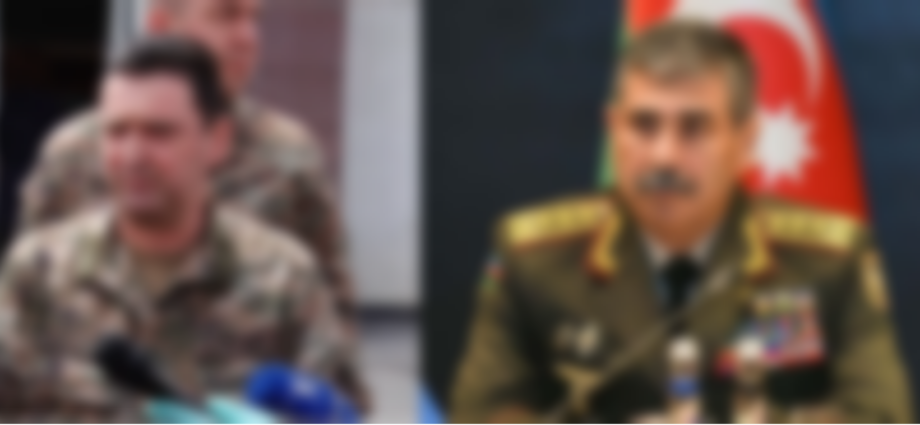
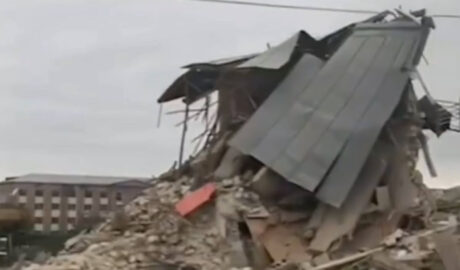
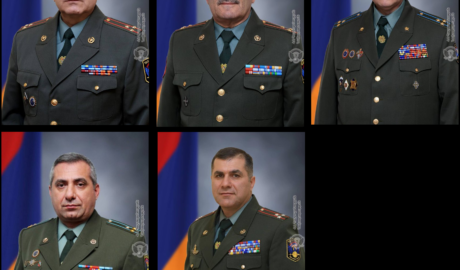
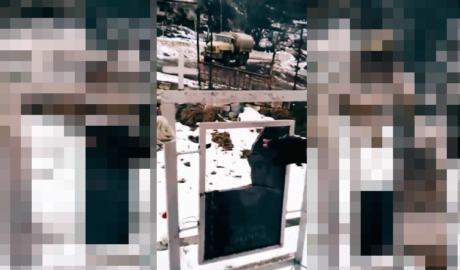
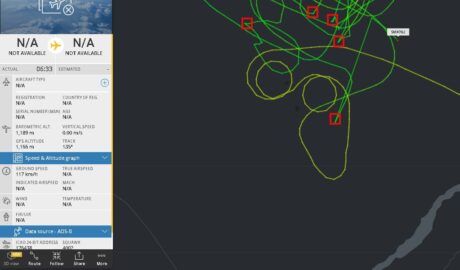
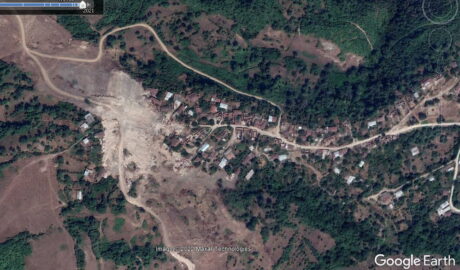
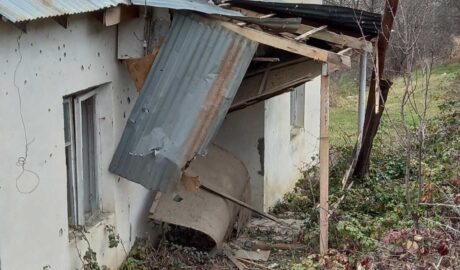
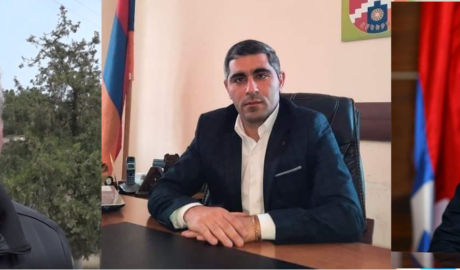
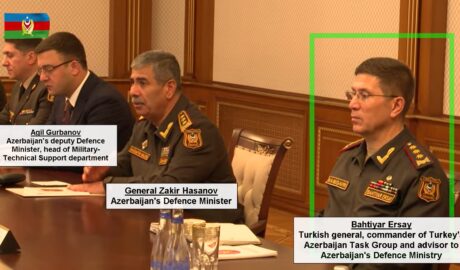
Comments are closed, but trackbacks and pingbacks are open.